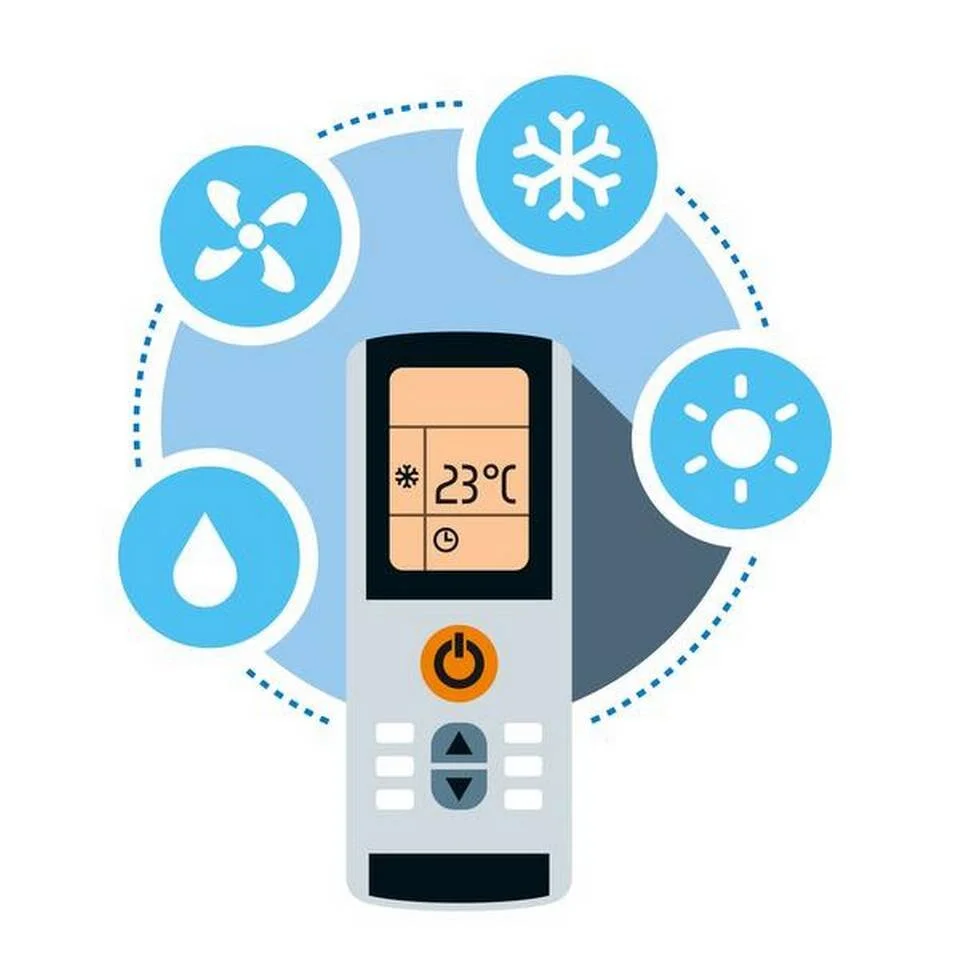Energy Sector in India
Cooling will likely be at the forefront of India’s adaptation to climate change, but if cooling needs are met with inefficient ACs, it could be the bane of India’s mitigation efforts. Indian homes will be an important site where this conundrum between cooling needs and potential emissions will play out.
The government has taken an important step in prioritising agriculture in the electricity transition. Using the transition as a catalyst for agricultural transformation can address recurring redistributive pressures in electricity, minimise the causes and effects of climate change in agriculture, and secure a resilient rural economy and livelihoods.
Given the imminent and unavoidable transition away from coal and its likely economic and political consequences, this collective statement by 22 energy experts calls for the government to initiate a deliberative planning process with the participation of concerned interest groups and communities, and based on rigorous and context-specific analysis of economic, social, political and environmental costs and opportunities.
The India Energy Transition Dialogues, a series of curated bi-weekly webinars beginning April 13, will explore different but complementary pathways to meet India’s 21st century energy goals.
India's urbanising middle class is at the brink of an unprecedented increase in residential cooling demand, yet little is understood about the dynamics of changing cooling consumption. New research by Centre for Policy Research and University of Oxford answers a set of fundamental questions around India's cooling transition.
There has been a longstanding divide between IAS officers and engineers on disparities in pay, perks, and promotions. Restructuring in the electricity sector has only heightened these tensions to create hostility and mistrust. This blog explores the power struggle between IAS officers, engineers, and the government in the electricity sector.
2021 marks the beginning of the fourth decade of ongoing electricity reforms in India. We reflect on what we learnt over three decades of interventions to fix electricity problems, and suggest priorities for the fourth decade.
There is a strong belief that WFH will be the new norm in a post-COVID world. How large (if any) are the energy impacts of widespread adoption of WFH in India?
Highlights from IEA’s latest report that charts out different outlooks of India’s energy future.
How does the Budget for 2021-22 address environmental concerns amidst the fallout from the COVID-19 pandemic?
CPR-ICEE picks the major climate, energy and environment stories of 2020 and what to look forward to in the new year.
The report analyses government-led responses to the pandemic within the electricity sector, and suggests a structural approach to building a resilient electricity future.
India’s recent experiences, and successful global models, deliver a clear message—power pools can’t be built without an institutional architecture other countries trust.
Policy interventions are pushing electric vehicles and other modern energy technologies. Will the pandemic-induced economic contraction topple India’s energy transition priorities?
Even as electricity can make us more resilient, electricity is also vulnerable to the pandemic. How is India’s electricity sector placed at this moment?
Let us not pretend that the Centre’s push for smart meters is the silver bullet to solve the long-standing problems of discom finance and losses.

















Highlights of the webinar discussion held on April 13, 2021 as part of the India Energy Transition Dialogues – a series convened by the Centre for Policy Research to explore different paths to meet India’s 21st century energy goals.